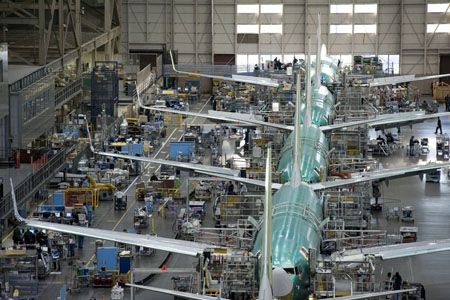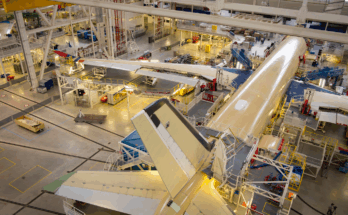
The FAA announced new oversight of Boeing’s production line on January 12, just one day after it formally notified Boeing that it has launched an investigation into the company in the wake of the 737 MAX 9 door blowout incident a week earlier.
According to a press release issued by the FAA, new oversight will include:
- An audit involving the Boeing 737-9 MAX production line and its suppliers to evaluate Boeing’s compliance with its approved quality procedures. The results of the FAA’s audit analysis will determine whether additional audits are necessary.
- Increased monitoring of Boeing 737-9 MAX in-service events.
- Assessment of safety risks around delegated authority and quality oversight, and examination of options to move these functions under independent, third-party entities.
FAA Administrator Mike Whitaker said in a press release that, “It is time to re-examine the delegation of authority and assess any associated safety risks. The grounding of the 737-9 and the multiple production-related issues identified in recent years require us to look at every option to reduce risk. The FAA is exploring the use of an independent third party to oversee Boeing’s inspections and its quality system.”
In the days after the incident, I expected to see a quick fix involving inspecting the door plugs in all in-service MAX 9 aircraft, followed by a quick return to flight status. However, the FAA is now taking a stricter line with Boeing, apparently seeing the door plug failure as just one of a series of incidents that indicate a wider problem with Boeing’s quality control system. The agency’s investigation will take time and is likely to require Boeing to implement changes to its production process.
The probability of disruption to Boeing’s planned ramp up is increasing.
A lifelong aviation enthusiast, Douglas Royce is currently co-editor of four of Forecast International's Market Intelligence Services: Civil Aircraft Forecast, Military Aircraft Forecast, Rotorcraft Forecast, and Aviation Gas Turbine Forecast. As such, he plays a key role in many important projects that involve market sizing and forecasting for various segments of the world aerospace industry, as well as demand for related systems.




